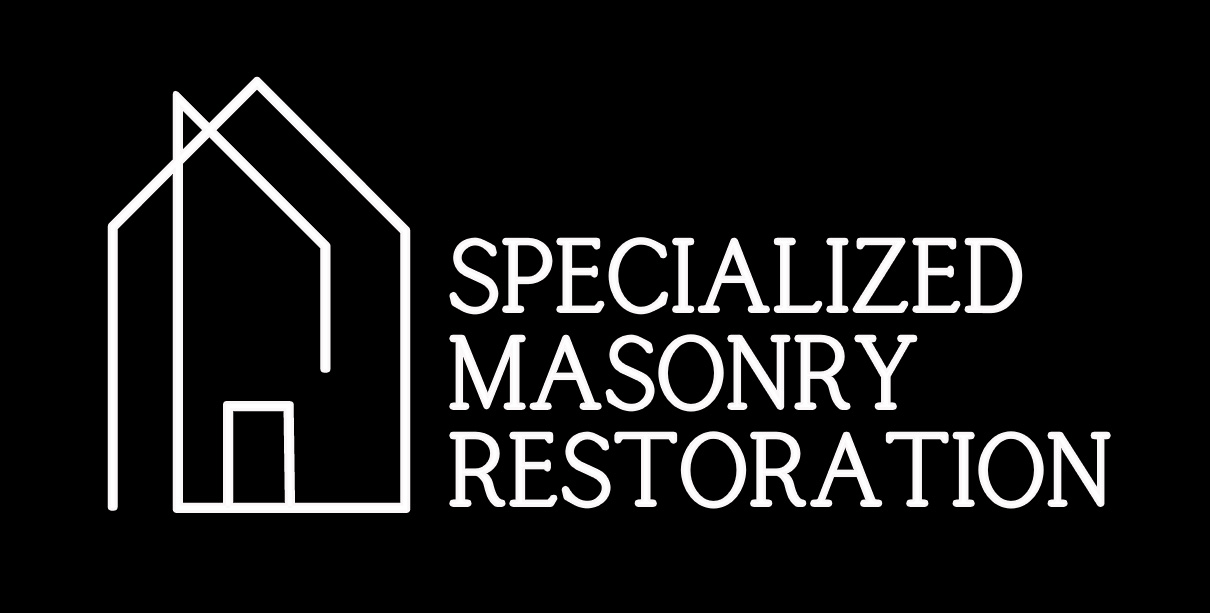Masonry structures have been in existence for centuries, and they are synonymous with durability, strength, and stability. However, even these sturdy structures require restoration and maintenance after years of exposure to climatic elements and natural wear and tear. Masonry restoration projects can be particularly challenging as the process involves integrating modern technology with traditional methods to restore buildings to their original glory. In this blog post, we will explore the theoretical aspect of masonry restoration and how it contrasts with the practical realities of restoring an old building in small-town America.
Understanding masonry restoration involves extensive research on materials and techniques used in the original construction of the building. This includes investigating the type of bricks, mortar joints, and the architectural design of the building. Restoration experts take great care to replicate the original construction process to maintain the integrity of the building. This is important because alterations to the original structure can affect its authenticity, historical value, and impact its longevity.
However, when it comes to actually restoring an historic building, the reality is often more complex. The materials used to construct the building are not always easy to source, and often the techniques used to create these structures are no longer used or are no longer familiar to modern builders. This can result in delays, cost overruns, and complications during restoration. Add to this the challenge of complying with modern building codes, which may require modifications to the original structure to ensure safety, and it’s easy to see why masonry restoration can be a complex and daunting process.
The practical reality of masonry restoration is that each project is unique and comes with its own set of challenges. For example, in small-town in Texas, the restoration of an historic building built a hundred years ago in a small downtown square can require navigating local regulations, sourcing materials, and working with a limited budget. This can make it challenging to recreate the original construction process exactly. However, a skilled restoration team can often use modern technology and techniques to recreate the building as accurately as possible while still satisfying modern safety standards.
As with any restoration project, masonry restoration requires careful consideration and planning. Experts need to evaluate the existing structure for damage and identify the cause of the damage. This step will help identify the appropriate restoration techniques required to repair the structure. Understanding the cause of the damage and the materials used during the original construction process is vital to determine the appropriate restoration technique. This attention to detail ensures that the final product is a faithful restoration of the original structure.
The process of masonry restoration is not one size fits all. The most successful restoration projects rely on detailed research and planning, but the practical realities of the project can often throw up unique and unforeseeable challenges. In small-towns around America, the restoration of an old historic building is as much an exercise in patience and ingenuity as it is in technical skill. By balancing theory and reality, and utilizing technology and modern techniques, masonry restoration experts can create a faithful restoration of a historic building while still meeting modern safety standards. In this way, these unique and important structures can continue to inspire and enrich communities for generations to come.

